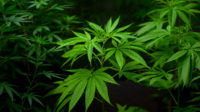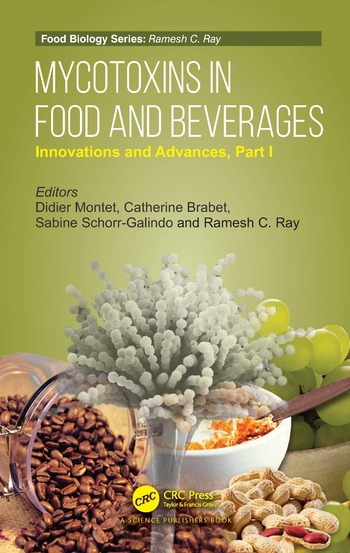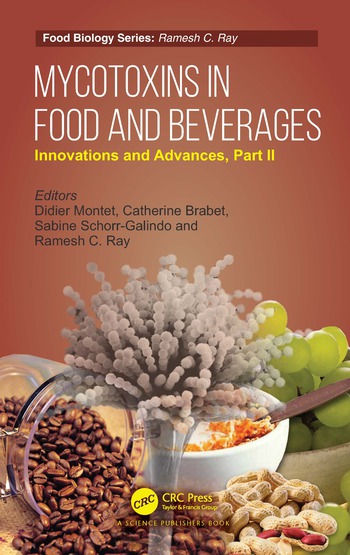Ingredient Spotlight
Cannabis beverages find footing
Consumers turning to cannabis beverages for various reasons

Image courtesy of High Spirits
In the song “You Need to Calm Down,” Taylor Swift expresses that: people need to calm down, especially when it comes to other people’s business. “So, oh-oh, oh-oh, oh-oh, oh-oh / You need to calm down / You’re being too loud,” the popstar sings. Although the message is more about not worrying about other people, the message is clear (and catchy): calm down.
As functional trends have resulted in consumers turning to beverages as a way to calm down or relax, experts note that beverages containing THC and CBD fit the bill.
Chris Fontes, founder and CEO of High Spirits Beverages, Denver, Colo., says many factors are contributing to consumers opting for hemp beverages, with relaxation being one of them. He points to the decline in alcohol consumption in the United States, which is “primarily driven by health concerns” surrounding drinking alcohol.
Fontes notes that people still want to take an edge off, but don’t want to deal with the short- and long-term consequences.
“These folks, eager to still relax and have a social lubricant, turn to CBD and THC beverages to perform the same task, but in a way that doesn’t hurt the next day or cause any harm to their bodies,” he explains. “In fact, most folks that consume THC and CBD products will tell you that they actually have a better night’s sleep when consuming cannabis products than when they don’t, i.e., the worst ‘hangover’ you will get is a really good night’s rest, and that is very appealing.”
Fontes sits on the policy committee for the Hemp Beverages Alliances, the Cannabis Beverage Association and the National Industrial Hemp Council of America. He says that, for some adults, these beverages are “more approachable” than smoking cannabis.
Additionally, he suggests that retail dispensaries in regulated marijuana markets are the wrong outlet for cannabis beverages.
“Those retail locations are quite intimidating to non-cannabis users; essentially, no one that isn’t already a cannabis user wants to walk into a store that looks to have the same security measures as a prison: multiple metal doors, security out front, multiple ID checks, only a few people in at a time, showing your ID to the camera because ‘someone is always watching,’ etc.,” Fontes says.
Brendan Mitchel-Chesebro, analyst at Louisville, Colo.-based BDSA, says that Consumer Insights data shows that beverage consumers are more likely than edible consumers to consume for recreational purposes, such as to relieve boredom, have fun and be happy.
“Beverages also have the benefit of being a familiar form factor, which makes them more appealing to new consumers who may be more likely to try a cannabis-infused drink than they are to try an inhalable cannabis form factor, such as a pre-rolled joint or vape,” Mitchel-Chesebro says.
BDSA’s Consumer Insights from this spring for adult use and medical markets also shows that beverage consumers are more likely than edible consumers to consume for the purpose of relaxing/being mellow and managing anxiety.

Image courtesy of High Spirits
Keen on cannabis
Both experts note that beverage-makers are interested in using CBD, THC and/or hemp ingredients in product formulations.
High Spirits’ Fontes considers interest to be “very high.” However, he said that bigger brands have been “spooked” from transitioning into the cannabis beverage market.
BDSA’s Mitchel-Chesebro notes that brands are hesitant to enter the space due to regulatory issues.
“The lack of explicit guidance from the FDA when it comes to the issue of CBD as a food additive has led many in the beverage industry to be hesitant about leaning into the CBD and hemp-derived cannabinoid space,” he explains.
Still, despite regulatory issues, Mitchel-Chesebro points to progress being made in the cannabis beverage sector.
“There have been some notable beverage industry players that have ventured into the cannabis beverage market, such as Pabst and Lagunitas, which have both launched products with THC and CBD in the California cannabis market,” he notes.
Fontes points to some of the more traditional beverages brands getting in on the action. He uses the example of how Jones Soda, which started the brand Mary Jones, moved from marijuana into hemp. The company added two new flavors — MF Grape and Cola — in June. The sodas are available in 10 mg and 100 mg THC varieties.
“Between overall alcohol consumption being down, soda consumption being down and craft beer, specifically, being in a borderline free-fall, other beverage brands are jumping in, or at least considering jumping in to the hemp space,” he observes.
As for what types of beverages are currently using these ingredients, Fontes notes that, “if you can imagine it, it probably exists already.”
He says sodas, whether it be colas or root beers, frequently use these ingredients, as well as seltzers, faux alcohol, coffees, yerba mate, matcha and fruit juice brands.
Mitchel-Chesebro notes similar observations.
“A look at the cannabis beverage space reveals that drinks, such as lemonades, sodas and iced teas, make up the largest share of cannabis beverage dollar sales,” he says. “In Q2 2023, drinks made up 73% of cannabis beverage dollar sales across BDSA-tracked markets. The next largest cannabis beverage subcategory was drink mixes, which made up 9% of cannabis beverage dollar sales.”
BDSA tracks the markets of Arizona, California, Colorado, Illinois, Florida, Massachusetts, Maryland, Michigan, Missouri, New Jersey, Nevada, New York, Oregon and Pennsylvania, Mitchel-Chesebro adds.

Image courtesy of Jones Soda Co.
Looking at limitations
High Spirits’ Fontes says that the demand for cannabis continues to proliferate.
“With multiple states embracing hemp, and with more non-typical consumers coming into the market, the demand for THC and CBD products intersected with jumps in emulsion technologies at the perfect time to create a booming demand ― with no end in sight yet ― and a race to provide products to meet those demands,” he states.
Fontes also notes that beverages are the only category in cannabis in which demand is consistently exceeding supply on a national scale and growing at a rapid pace.
In terms of challenges and limitations, Fontes says there are a lot of factors. He states that educating both consumers and the distribution chain has been difficult.
“Most folks don’t inherently know the difference between hemp and marijuana, let alone what their state laws are regarding these frameworks,” he explains. “Teaching your distributor or retailer what cannabis is, what is ‘bro science’ (the layman’s explanation of how cannabis ‘works’ in lieu of actual research, which is mostly false), how it’s all legal, how to stay compliant and marketing to consumers are all more difficult than most industries.”
Fontes goes on to say that, beyond education, there are “three major frameworks” for cannabis at the federal level. He calls the regulations, which vary state by state and city by city, an “exponentially complicated patchwork.”
BDSA’s Mitchel-Chesebro again notes the lack of guidance from the FDA when it comes to CBD as a food additive, which has caused beverage-makers to be timid about leaning into the CBD and hemp-derived cannabinoid space.
“While the FDA has not prohibited the use of these products in beverages, and many companies continue to sell CBD-infused beverages, many of the largest nationwide brands and retailers have opted to stay out of the space until such regulatory issues are clarified,” he says. “In the context of the legal cannabis industry, beverages do present more logistical challenges compared to other cannabis edible form factors, taking up more space at retail than products like gummies, and requiring refrigeration.”
High Spirits’ Fontes also mentions that, aside from regulations, social media platforms and search engines often penalize hemp and continue to treat it as a controlled substance, which gets in the way of gaining an audience and followers.
“This doesn’t even scratch the surface on pain points,” he says. “Banking of any kind (including credit card processing, checking and lending), investors, shipping carriers, law enforcement and prohibitionist groups can all cause major problems daily.”
Calculating the cannabis beverage market
Looking ahead at the CBD, hemp and THC ingredients market, Fontes notes that there has been a rapid normalization of cannabis through the hemp channel.
“Folks who would never try cannabis before are turning to gummies, beverages and more,” he observes. “Further, these folks are finding great benefits, and it is completely changing their view on the plant.”
Fontes explains that, 10 years ago, it would have been “a faux pas” to bring up your cannabis use to middle-aged adults in a church group. Now, he says these same groups of people are talking openly about new gummies and cannabis products with a sense of pride and excitement, rather than fear and trepidation.
“Beverages are becoming the forefront in the war of acceptance, and I think within 10 years, you will be able to purchase a THC or CBD beverage at any location that is selling alcohol in every state in the country,” he suspects.
BDSA’s Mitchel-Chesebro says that, while such products are geared toward some consumer need states that make them appealing, the company forecasts that cannabis beverages will continue to hold 1% of total cannabis dollar sales out to 2027.
Looking for a reprint of this article?
From high-res PDFs to custom plaques, order your copy today!









